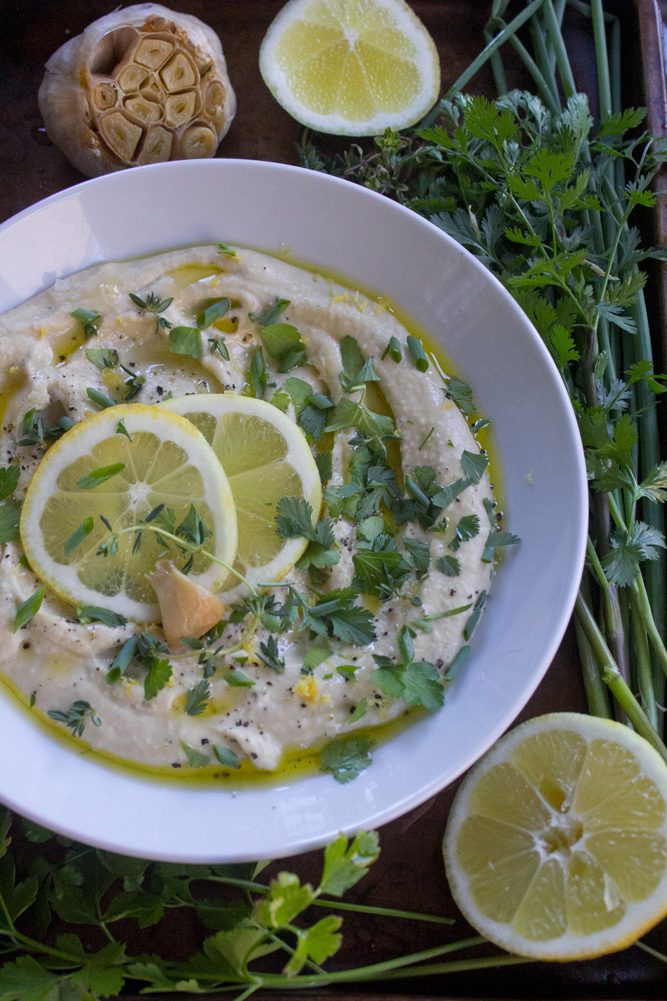
52 Weeks of Hummus //Healthy //Herbs //Potager //Recipes
Lemon Garlic Hummus
March 19
3 min read
2 Comments
A Savory Combination
Herb roasted garlic pairs with Yotam Ottolenghi’s lemon paste for a savory combination on the classic hummus dip. The bright and concentrated flavor of the lemon paste elevates the hummus for a mouth-watering combination that is best served with fresh herbs and warm flatbread.
The Modern Potager Kitchen Garden
The joy of the modern potager is getting to expand your culinary skills and make restaurant-quality meals at home. Picking fresh ingredients from the garden and turning them into something that awakens your tastebuds and thrills is really what life is all about.
It should come as no surprise that I have a high appreciation of historical foods as an heirloom gardener. One of the oldest and most historically relevant dishes in human history is hummus.
And I could eat hummus morning, noon, and night. On its own with fresh flatbreads, alongside eggs, or loaded with roasted veggies. It’s this love of hummus that led Matthew to adamantly state, “You cannot survive on hummus and cucumbers alone.” As we shared a plate of one of my favorite variations, roasted red pepper hummus, with radishes, cucumbers, and herbs from the showcase garden, the challenge of his statement kept dancing in my mind.
While it made me laugh in the moment, the notion that I could not survive off such a healthy dietary staple sent me down a path of cultural exploration and adventures in the kitchen for weeks on end. I wanted to understand the lore surrounding hummus and its impact upon the world. And truth be told, I wanted to discover if one could survive on hummus without getting bored.
In short, I’ve accepted the challenge to explore all that hummus has to offer in both traditional and new ways with the help of some fantastic local chefs, food bloggers, and a little creativity. Together, we’ll make a year’s worth of delicious hummus variations—52 recipes that feature the best of seasonal produce and pantry essentials.
We’ll test various cooking techniques, discussing the pros and cons of each method to achieve multiple results. While some chefs swear by using dried chickpeas and removing the skins, today’s high-powered blenders make quick work of tinned beans with their skins intact.
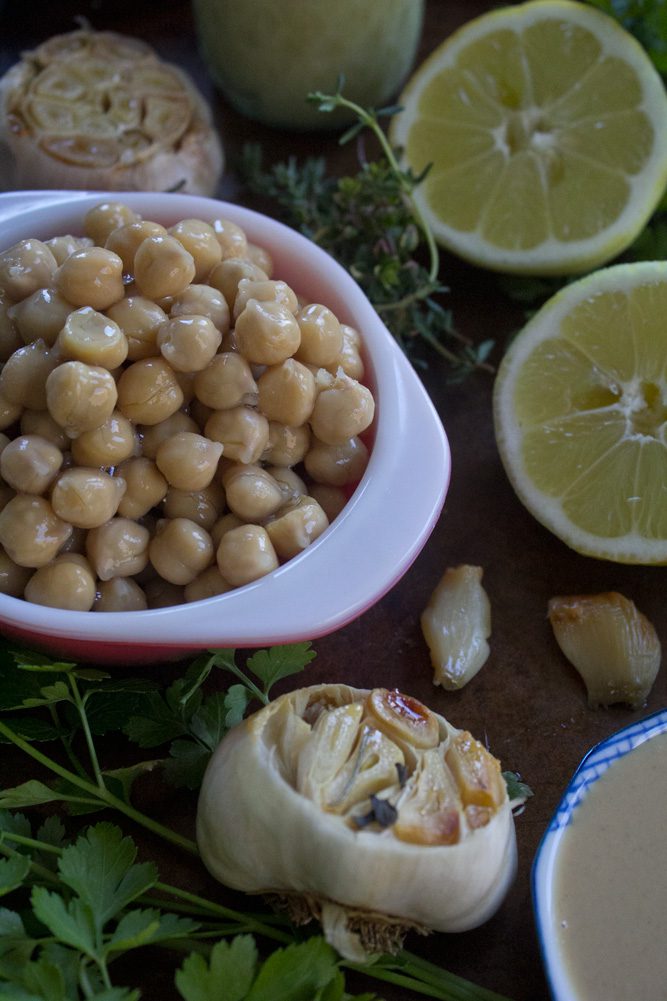
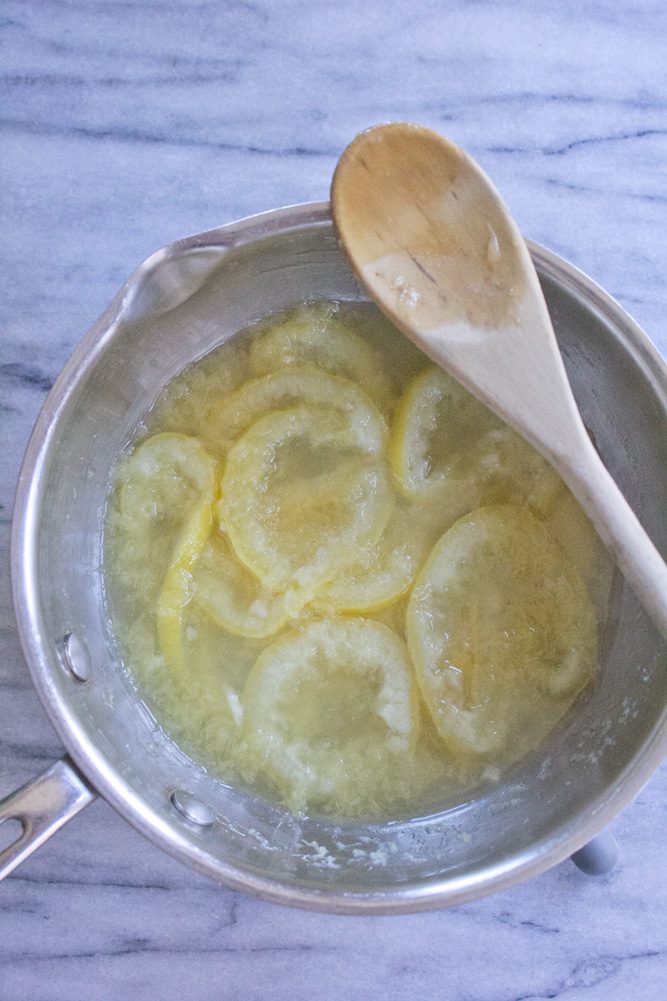
THE HISTORY OF HUMMUS
The earliest known origins of hummus date back to the 13th century, with several cultures claiming the creation of the savory dip. Yotam Ottolenghi, chef and cookbook author, writes about the hummus wars in his book “Jerusalem: A Cookbook.” But Israel isn’t the only country where people argue over the best hummus recipe. Palestinians, Egyptian Arabs, Greeks, and other Middle Eastern and Mediterranean countries also declare hummus as their dish, each region adding its own nuances.
The essence of the classic hummus recipe are chickpeas, tahini, lemon juice, and salt. As cooking methods have changed over the centuries, the textural preferences and techniques used to create the creamiest dip have altered the base recipes.
PRESERVED LEMONS: A SAVORY PRESERVE
For anyone who enjoys the bright, citrus flavor of lemons, preserved lemons pack even more citrus flavor with a salty bite. Originating in Northern Africa, preserved lemons are a wonderful way to save lemons to use all year through fermentation. The transformation of the lemons’ flavor from sharp freshness to a complex and mellow tartness cannot be matched by fresh fruit or juice. The process tenderizes the skin and pith until they are soft and easy to break down.
While most often used in savory dishes, preserved lemons are a versatile ingredient that can be used in myriad of untraditional and creative ways. From beverages to salad dressings, to roasted potatoes and pasta dishes. The recipes for preserved lemons varies by region, but the base recipe is salt, lemons, and lemon juice.
The recipe below can use preserved lemons or for a speedier option, Yotam Ottolenghi’s recipe for lemon paste, a variation on preserved lemons that works well for hummus.
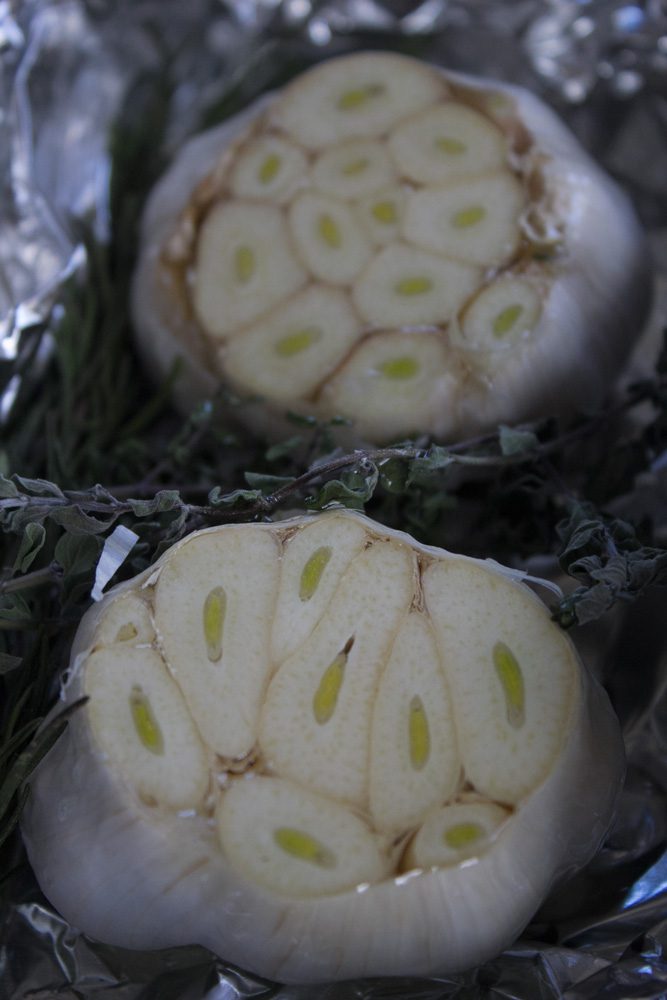
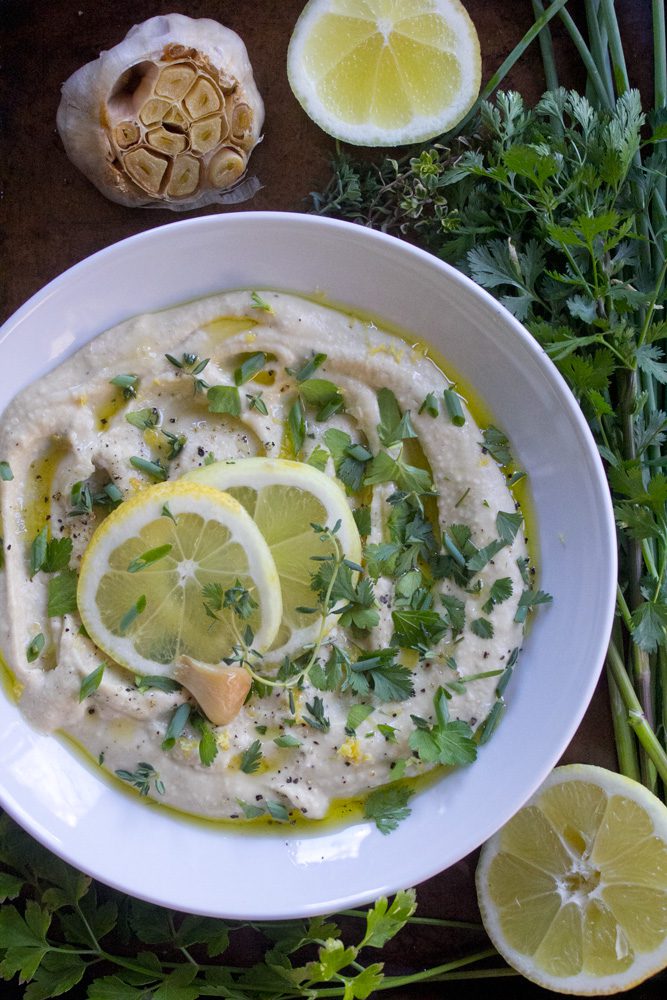
Lemon Garlic Hummus
Makes approximately 1 1/2 cups of fresh hummus | 4 servings
Inspired by Yotam Ottolenghi + Created from years of making hummus
Ingredients
1 1/2 cups hydrated garbanzo beans/chickpeas (this is approximately 1 can), drained (reserve water brine)
2 tablespoons tahini (sesame paste)
1 small head of roasted garlic, recipe from Love & Lemons
2 tablespoons preserved lemon paste, recipe from Yotam Ottolenghi
1/4 teaspoon fresh lemon thyme
Sea salt + fresh cracked pepper
Glug of really good extra virgin olive oil
Really good extra virgin olive oil
Flaky sea salt
1 teaspoon fresh parsley, minced
1 teaspoon fresh chives, minced
1 teaspoon fresh cilantro, minced
Pinch of lemon zest
1) Prepare the preserved lemon paste. Get the recipe here. While the lemons are simmering, make some roasted garlic. Get the recipe here. Note: I love to add a few sprigs of savory herbs like rosemary, thyme, and marjoram with the garlic for a little extra aromatic flavor.
2) Drain the hydrated garbanzo beans reserving the liquid to help thin the hummus, as needed. Place in a high-powered blender with tahini, lemon paste, 5-6 roasted garlic cloves, thyme, freshly cracked pepper + a small pinch of sea salt. Blend at high speed until smooth, scraping down the sides if needed. If the mixture is not blending well, add 1-2 teaspoons of reserved bean liquid to help thin. Add one circle of olive oil (about 2 teaspoons) and blend again.
4) Place hummus in a shallow bowl. Dress with fresh parley, cilantro, and chives, a drizzle of extra virgin olive oil, and a sprinkling of flaky sea salt and freshly cracked pepper.
Serve the hummus with radishes, snap peas, carrots, and warm flat breads.

Leave A Comment